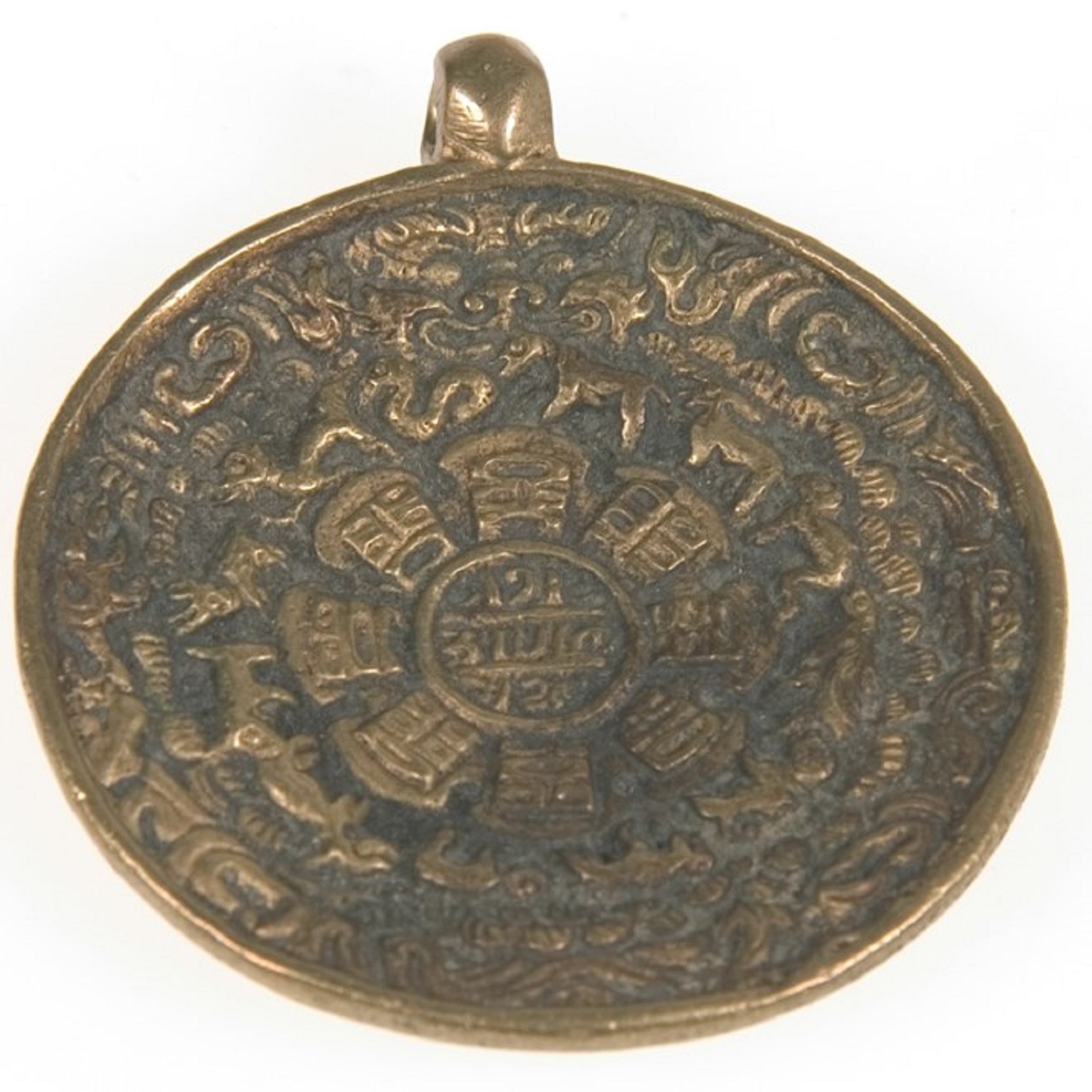Celebrating the Chinese New Year
2 February 2025
The new moon on 29 January marked the beginning of the Chinese New Year. Traditions differ and evolve over time but, in an increasingly fragmented world, the main message behind the celebrations that take place is for people to come together and wish each other peace and prosperity for the year ahead. To mark the start of the Year of the Snake, here are some related items from The Box’s collections.
Junk Model
A junk is an ancient sailing vessel. The name comes from the Malay word 'jong' or 'djong', meaning boat.
Records of Chinese junks can be traced back as far as the Han Dynasty (206BC-220AD) - an era of imperial rulers often considered to be a golden age in Chinese history. By the time of the Song Dynasty of 960-1249 junks had developed into a highly effective form of transport. They’ve been a prominent feature in Asian trading ports for many centuries since.
This model dates from the early 1900s and came into the collections in 1949. It’s made from wood with three textile sails. On each sail there’s a series of thin, horizontal strips of wood. On real life junks these provide the sails with their shape and strength.
The colour of the sails is significant. In ancient Chinese legend sailors believed there was a dragon who lived in the clouds. If the dragon was angry, it would create the storms and typhoons they lived in fear of. To keep the dragon happy they decorated their junks with bright colours. Red was the luckiest colour of all.
Chinese Overskirt
This beautiful garment is an ornamental overskirt with two beautifully decorated central panels and six satin streamers.
The colourful streamers have floral designs while the central panel features a phoenix with two tail feathers, a pair of bats, a peony, mountains and waves. On the other side of the overskirt the central panel has a gold dragon (as seen in our header image), clouds, a bat over waves and mountains, a peony and two horns.
There’s a huge amount of symbolism in these designs. Butterflies, waves, bats, the phoenix and the colour red are all symbols of good luck. Peonies represent nobility and beauty while the dragon represents courage and power.
A dragon and phoenix together embody the principle of ‘yin and yang’ or perfect balance between male and female, as does a combination of bats and flowers.
Both of the central panels have a ‘ruyi’ shape. A ruyi is a curved decorative object that frequently appears in Asian art and, like so many of the other elements on this overskirt, symbolises power and good fortune.
You can see this beautiful overskirt on display in our 100 Journeys gallery.
Zodiac Charm
This charm dates from the late 1800s and comes from Tibet. It was made for day-to-day wear and is decorated with patterns, animals and symbols. The animals that form a circle halfway between the middle and the outer edge are from the Chinese zodiac.
A zodiac system has existed in Chinese culture for more than 2,000 years. The 12 animals – the rat, ox, tiger, rabbit, dragon, snake, horse, goat, monkey, rooster, dog and pig – are said to hold different meanings and characteristics.
People born in a Year of the Snake are said to be sophisticated, elegant and deep thinking.

Snake Skelton
Mounted in a life-like pose, this skeleton of a small python was purchased in 1904 for Plymouth's collections. It cost £3 - the equivalent of £326 today. It was prepared by a company called Gerrard and Sons who were a popular source of natural history specimens for museums.
Snakes can have anywhere from 200 to 400 vertebrae. They’re attached together by a ball and socket, which provides a great deal of flexibility. This python had 312 vertebrae and 251 ribs. Amazing!
Can you see the strange appearance of the mouth? It’s because the bottom jaw is not fused together. Snakes can unhinge their jaws to swallow prey that are much larger than themselves.
Keen to find out more about The Box's collections? You can discover more here.